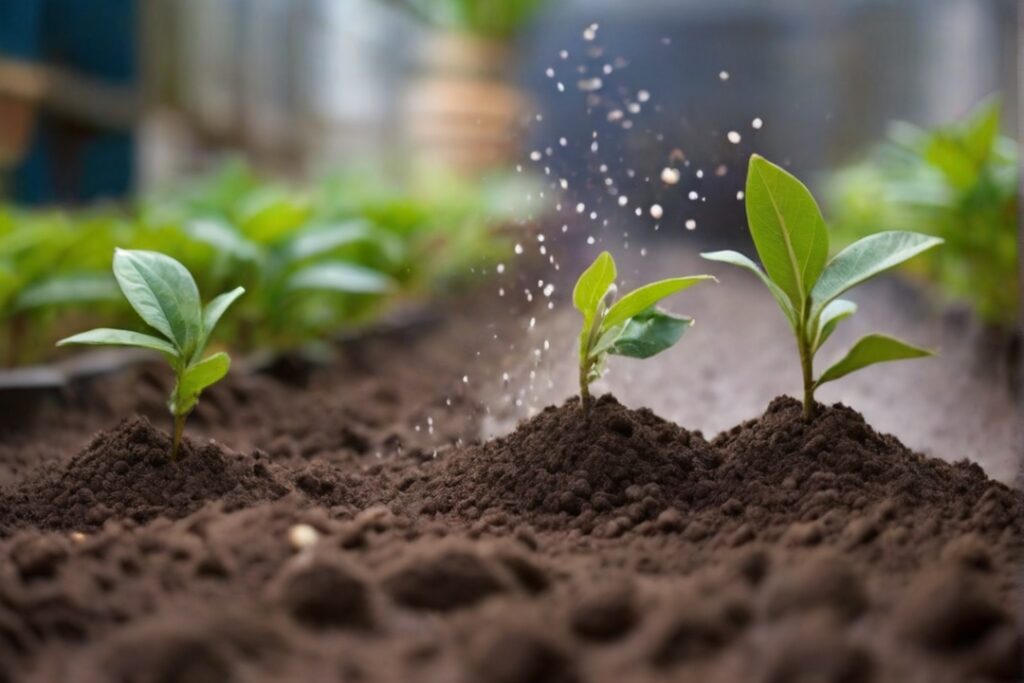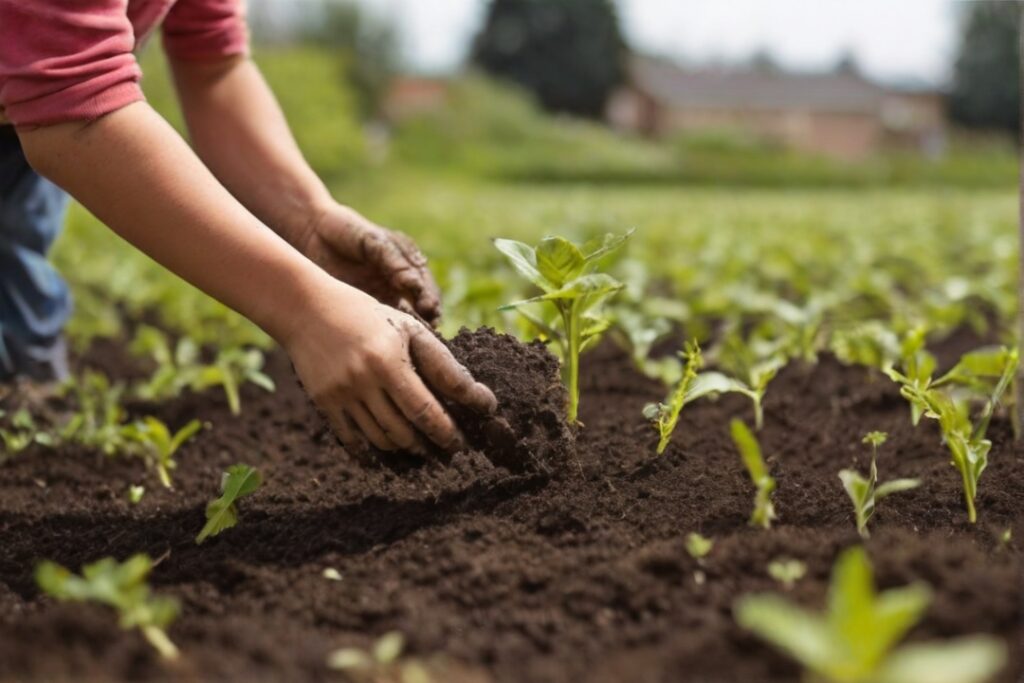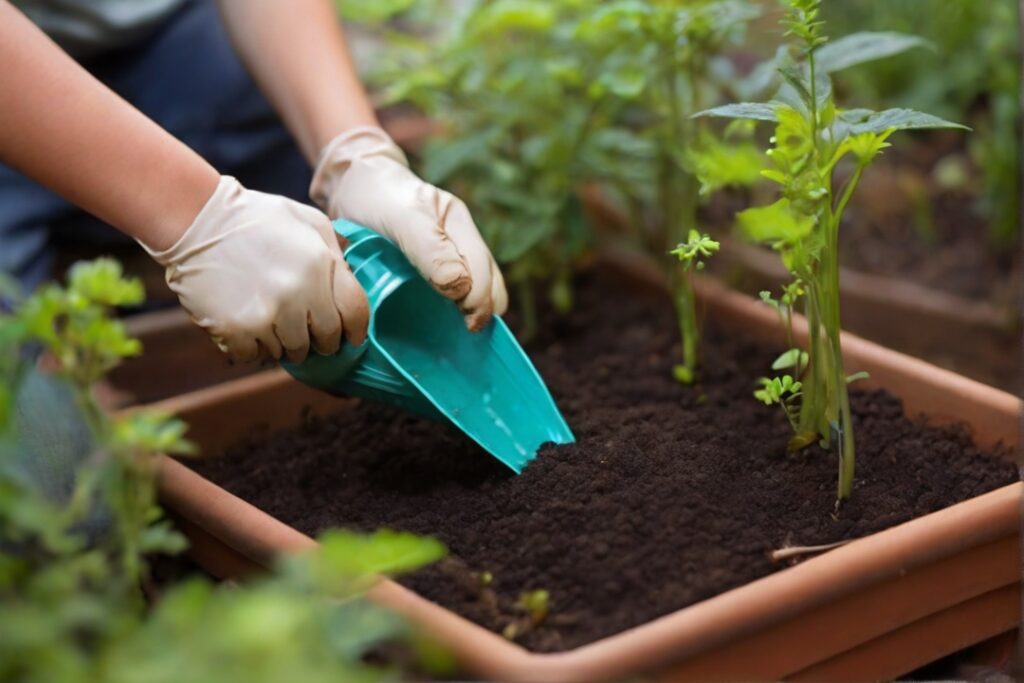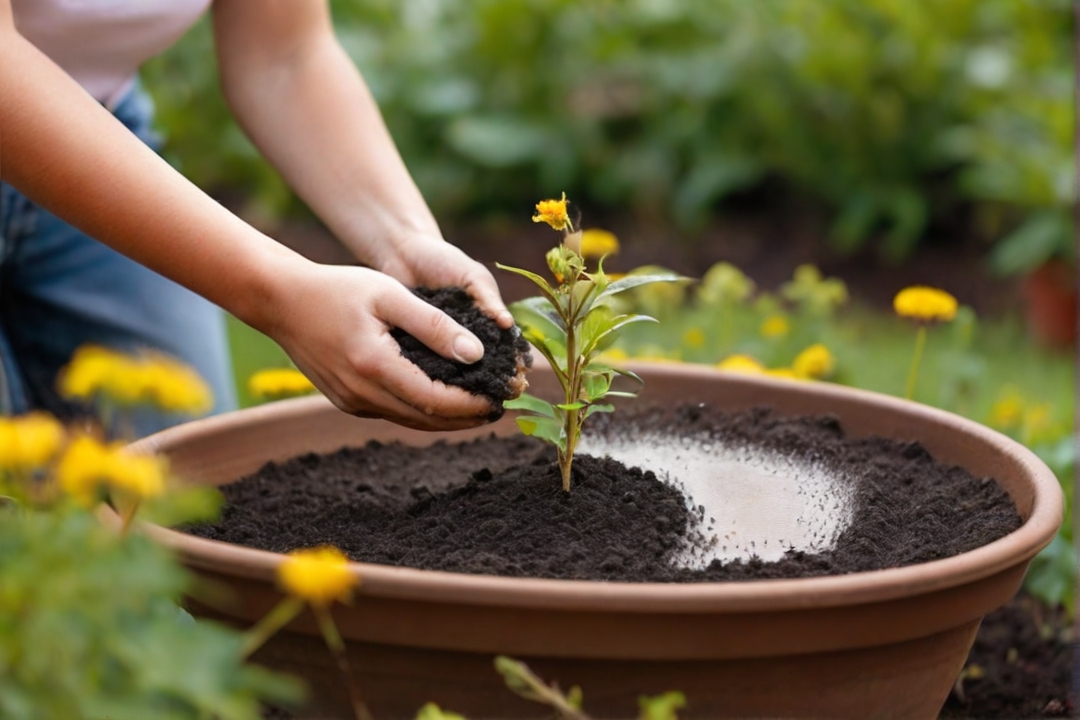15 15 15 fertilizer is a balanced fertilizer that contains equal amounts of nitrogen (N), phosphorus (P), and potassium (K). These three nutrients are essential for plant growth and development, making 15 15 15 fertilizers popular among gardeners. Fertilizers are crucial in gardening, providing plants with the nutrients to thrive.
Table of Contents
- Understanding the Nutrient Composition of 15 15 15 Fertilizer
- Benefits of Using 15 15 15 Fertilizer in Your Garden
- How to Apply 15 15 15 Fertilizer in Your Garden
- Choosing the Right Amount
- Tips for Maximizing the Effectiveness of 15 15 15 Fertilizer
- Common Mistakes to Avoid
- How to Store 15 15 15 Fertilizer Properly
- Alternatives to 15 15 15 Fertilizer for Your Garden
- Case Study
- Frequently Asked Questions
Understanding the Nutrient Composition of 15 15 15 Fertilizer

The numbers in 15-15-15 fertilizer represent the nitrogen, phosphorus, and potassium percentages in the fertilizer. Nitrogen promotes growth of leaf and stem, phosphorus aids in root development and flowering, whereas, potassium helps with overall plant health and disease prevention. In addition to these primary nutrients, 15-15-15 fertilizer contains micronutrients such as calcium, magnesium, and iron, which are essential for plant growth.
Benefits of Using 15 15 15 Fertilizer in Your Garden
Using 15-15-15 fertilizer in your garden offers several benefits:
- It promotes healthy plant growth by giving plants the nutrients they need to thrive. This results in increased yields and improved crop quality.
- 15-15-15 fertilizer helps improve soil fertility by replenishing essential nutrients that may be lacking.
- It is a cost-effective option for gardeners as it provides a balanced mix of nutrients at an affordable price.
How to Apply 15 15 15 Fertilizer in Your Garden

When applying 15 15 15 fertilizer in your garden, timing is crucial. Applying the fertilizer before planting or during the early stages of plant growth is best. This allows the plants to soak the nutrients and utilize them effectively. There are several methods of application for 15 15 15 fertilizer, including broadcasting, banding, and foliar spraying. Broadcasting means spreading the fertilizer evenly over the entire garden area. In contrast, banding involves placing the fertilizer in a narrow band around the base of the plants. Foliar spraying involves spraying the fertilizer directly onto the leaves of the plants.
Safety precautions should be taken when handling 15-15-15 fertilizer. Protective clothing, such as gloves and a face mask, is essential to avoid direct contact with the fertilizer. Washing hands with soap thoroughly after handling the fertilizer is also advisable.
Choosing the Right Amount
When determining the right amount of 15 15 15 fertilizer to use, several factors should be considered. These include the type of plant, soil type, and growth stage of the plant. Different plants have different nutrient requirements, so it is essential to find out the specific needs of your plants. Soil type is also crucial in determining the fertilizer needed, as certain soils may already contain high levels of certain nutrients. Lastly, the plant’s growth stage should be considered because plants have different nutrient requirements at different stages of growth.
To calculate the right amount of fertilizer to use, it is recommended to conduct a soil test. This will provide information about the nutrient levels in your soil and help determine how much fertilizer is needed. Over-fertilization should be avoided as it can lead to nutrient imbalances and environmental pollution.
Tips for Maximizing the Effectiveness of 15 15 15 Fertilizer

To maximize the effectiveness of 15-15-15 fertilizer, proper soil preparation is essential. This includes loosening the soil and removing weeds and debris from the garden area to improve drainage and aeration. Proper watering is also essential, as plants need adequate moisture to absorb nutrients from the soil. It is important to water deeply and infrequently rather than shallowly and frequently. Complementary use of organic fertilizers, such as compost or manure, can also prove beneficial in improving soil fertility and enhancing the effectiveness of 15-15-15 fertilizer. Regular soil testing is recommended to monitor nutrient levels and adjust as needed.
Common Mistakes to Avoid
There are several common mistakes that gardeners should avoid when using 15 15 15 fertilizer.
- Over-fertilization is one of the most common mistakes, as it can cause nutrient imbalances and lead to plant damage. It is necessary to follow the recommended application rates and avoid applying more fertilizer than necessary.
- On the other hand, under-fertilization can also be detrimental to plant growth. It is essential to continuously monitor plant health and adjust fertilizer application as needed.
- Another common mistake is applying fertilizer to dry soil. Fertilizers should be applied when the soil is moist to ensure proper absorption of nutrients by the plants.
- Lastly, using expired or contaminated fertilizer should be avoided, as it may not provide the necessary nutrients and can potentially harm plants.
How to Store 15 15 15 Fertilizer Properly
Proper storage of 15 15 15 fertilizer is essential to maintain its effectiveness and prevent accidents. The fertilizer should be stored in a cool, dry, well-ventilated area away from direct sunlight. It should be kept in its original packaging or tightly sealed container to prevent moisture absorption. It is essential to keep fertilizer out of reach of children and pets, as ingestion can be harmful. Unused fertilizer should be disposed of properly according to local regulations.
Alternatives to 15 15 15 Fertilizer for Your Garden
While 15-15-15 fertilizer is popular among gardeners, several alternatives are available. Organic fertilizers, such as compost, manure, and bone meal, are a natural and environmentally friendly option. They provide slow-release nutrients and improve soil structure and fertility. Synthetic fertilizers with different nutrient compositions are also available, allowing gardeners to tailor the nutrient levels to the specific needs of their plants. Soil amendments like lime, sulfur, and gypsum can also adjust soil pH and improve nutrient availability.
Some other types of balanced fertilizers:
Case Study
A study on Punica granatum (pomegranate) seedlings showed that NPK fertilizer (15:15:15) positively impacted growth parameters like the number of leaves, plant height, and leaf area. The best results were seen with the 3g treatment, while the 4g treatment resulted in decreased growth. The study used the Ochekwu Comparative Treatment Average (OCTA) trend analysis to confirm these findings.
In conclusion, the study suggests that NPK fertilizer application within the range of 0.09g to 0.13g per kg of soil is optimal for Punica granatum seedlings. Beyond this range, growth reductions occur and could be more economically beneficial. Considering its various medicinal uses, this information can be valuable for optimizing pomegranate cultivation.
Read the complete study here.
Frequently Asked Questions
1. Can 15-15-15 fertilizers be used for all types of plants?
Yes, 15-15-15 fertilizers can be used for various plants, including vegetables, fruits, flowers, and ornamental plants. However, it is essential to research each plant’s specific nutrient requirements and adjust the fertilizer application accordingly.
2. How often should I apply 15-15-15 fertilizer?
The frequency of fertilizer application depends on the specific needs of your plants and the nutrient levels in your soil. It is recommended to follow the instructions on the fertilizer packaging or conduct a soil test to determine the appropriate application schedule.
3. Can I mix 15-15-15 fertilizer with other fertilizers?
Yes, 15 15 15 fertilizer can be mixed with other fertilizers to create a custom nutrient blend. However, it is essential to research the compatibility of different fertilizers and follow the recommended mixing ratios.
4. Is 15-15-15 fertilizer harmful to the environment?
When used correctly and by the recommended application rates, 15-15-15 fertilizer is not harmful to the environment. However, over-fertilization and improper use can lead to nutrient runoff and pollution of water bodies.
5. Can I use 15-15-15 fertilizer for hydroponic gardening?
While 15-15-15 fertilizer can be used for hydroponic gardening, it is essential to adjust the nutrient levels and pH to suit the specific needs of hydroponic plants. Specialized hydroponic fertilizers specifically formulated for this type of gardening are available.

